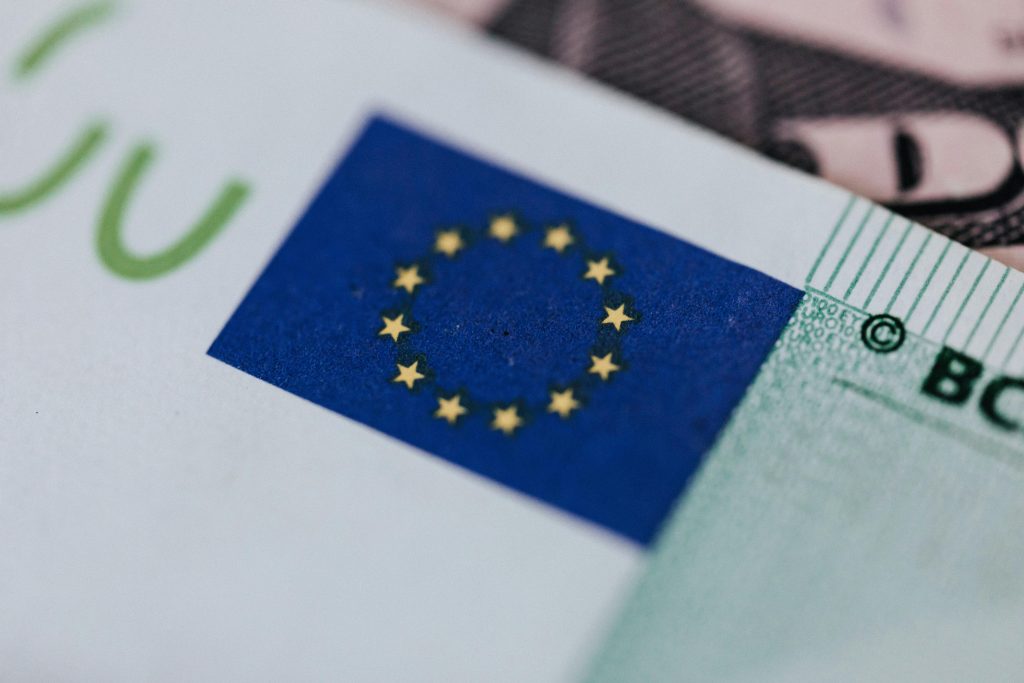This represents a significant step in Serbia’s financial sector alignment with the European Union (“EU”) and highlights the successful harmonization of Serbia’s regulatory and payment system infrastructure with EU standards. SEPA provides a unified environment in which natural persons and legal entities can execute euro transactions under identical conditions, regardless of whether the payment is cross-border or domestic. Prior to accession, Serbia was outside the SEPA, which resulted in slower, costlier, and administratively burdensome cross-border payments.
Key benefits from accession to SEPA include:
- Simplified cross-border euro transactions, with substantially reduced banking fees and expedited processing times;
- Access to SEPA payment instruments – SEPA Credit Transfer, SEPA Instant Credit Transfer and SEPA Direct Debit schemes;
- Reduced administrative burden associated with euro inflows and outflows.
While Serbia’s formal SEPA accession has been confirmed by the European Payments Council, operational implementation is phased.
Serbian payment service providers will become eligible to adhere to the SEPA schemes from November 2025, with the anticipated date for full functional readiness projected for May 2026 and subject to future confirmation.
It is important to note that Serbia’s accession to SEPA does not amend the existing Law on Foreign Exchange Operations, which continues to impose regulatory requirements on international transactions. Thus, further legislative amendments and a gradual liberalization of FOREX rules will likely be required in order to fully leverage the benefits of SEPA membership.
While Serbia’s accession to SEPA is a major step forward, the full realization of its benefits for both natural persons and legal entities will depend on the continued alignment of domestic regulatory frameworks with European regulations.
